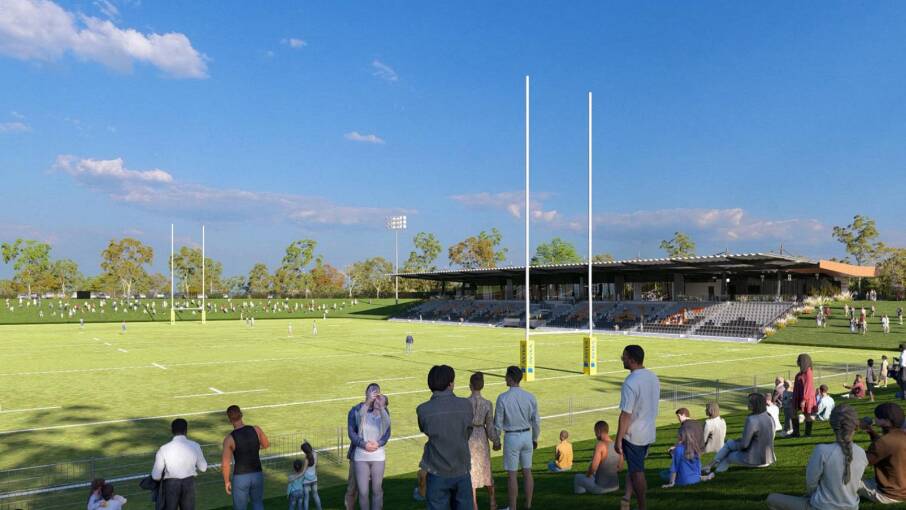
URGENT UPDATE: The Orange Local Aboriginal Land Council (OLALC) has strongly opposed a heritage claim that threatens the development of a new $75 million sports precinct in Orange. The council has urged the Federal Government to reject an emergency heritage application filed by Wiradjuri man Paul Towney, asserting that he “does not speak for the Aboriginal community of Orange.”
This dramatic turn of events comes as the Federal Government confirmed it is reviewing the application under the Aboriginal and Torres Strait Islander Heritage Protection Act 1984. The request seeks emergency protection for the area encompassing the sports precinct, which is set to include a stadium with a capacity of 10,000 people, multi-purpose fields, and an innovative athletics track.
On November 7, 2023, Towney announced on social media that the Department of Climate Change, Energy, the Environment and Water (DCCEEW) issued a stop work order. However, Orange City Council quickly clarified that construction at the site is ongoing, indicating the urgency of the situation.
In a statement, OLALC CEO Annette Steele emphasized that the site, previously home to the Orange Ex-Services Country Club golf course and the Gnoo Blas race circuit, lacks significant cultural importance for the Wiradjuri people. “The construction of the stadium will have no adverse impact on Aboriginal heritage,” Steele stated.
The council has formally reached out to Environment Minister Senator Murray Watt, urging him to reject Towney’s heritage application. Steele underscored the council’s commitment to protecting culturally significant sites while clarifying that the stadium site does not fall under that category. “There are many places of great cultural significance within the OLALC boundaries, but the stadium site isn’t one of them,” she asserted.
Orange City Council has also detailed its extensive consultation with relevant parties, including OLALC and Indigenous Elders, during the approval process for the precinct. A thorough search of the Aboriginal Heritage Information Management System found no registered Aboriginal sites within the precinct, which bolsters the council’s position.
Steele highlighted that cultural heritage assessments conducted during planning indicated no evidence of significance to Wiradjuri culture at the site. “No objects of significance on the site are registered with the NSW Department of Environment and Heritage’s Aboriginal Heritage Management System,” she noted.
As the situation unfolds, Orange City Council is working closely with the DCCEEW to address any concerns raised by the heritage claim. Steele reiterated that while construction will not impact Wiradjuri cultural heritage, the project promises substantial benefits for both Aboriginal and non-Aboriginal residents of Orange.
Critically, Steele emphasized that Towney is not affiliated with the council, stating, “This person does not speak for the Aboriginal community of Orange.” She called for reform of the heritage legislation to better delineate authority over these claims, criticizing the current framework for allowing unverified claims to hinder beneficial developments.
Local MP Phil Donato has expressed outrage over Towney’s application, labeling it “an absolute disgrace.” The urgency surrounding this issue raises significant questions about the balance between cultural heritage protection and community development.
As developments continue, all eyes remain on the government’s decision regarding the heritage application, which could have lasting implications for the community and the future of the sports precinct.






